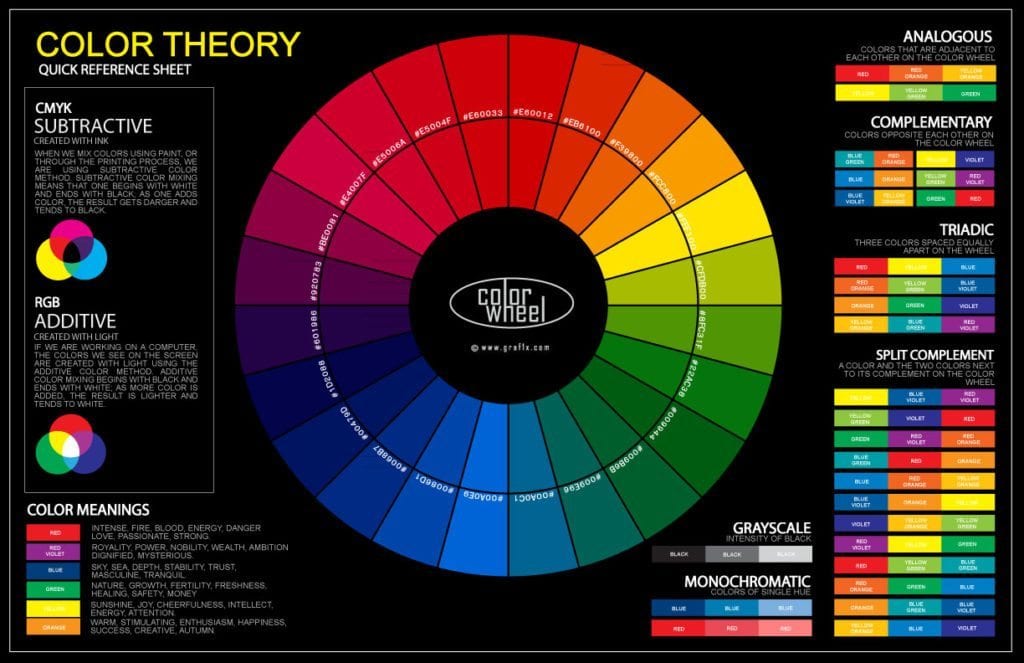

Green, the colour of life and nature, allies with white (Life / Good) and red (Spontaneity / Chaos) while being enemies with Black (Death / Evil) and Blue (Artificial / Unnatural). The colour wheel is simple, elegant and perfect: five colours (White, Blue, Black, Red and Green) arranged in a circle, each having two neighbours (its allies, with shared common values) and two opposites (its enemies and moral opponents).

Compare this categorization scheme to the far more innovative and beautiful colour wheel from Magic the Gathering – one of the great frameworks of the gaming world. That’s a lot of categories, without being all that interesting or illustrative. A player (or character, or monster) can be placed somewhere on a scale from Good to Neutral to Evil, and then again from Lawful to Neutral to Chaotic, leading to nine possible combinations (and more, if you accept intermediate cases).

For anyone reading this article who is geek-friendly, consider the 3-by-3 grid of character values used by the Dungeons and Dragons universe.


 0 kommentar(er)
0 kommentar(er)
